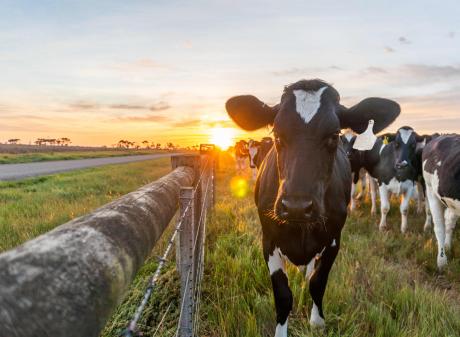Food and fibre sector export revenue is forecast to be $54.6 billion in the year to June — the second-highest result on record, but 5% down on the previous year.
The Ministry for Primary Industries released its latest Situation and Outlook for the Primary Industries report at the national Fieldays at Mystery Creek on Thursday.
The drop was driven by prices and revenue for many exports correcting in 2023-24, reflecting the cyclical nature of commodity markets with slower global growth, specifically in China. It was expected revenue would reach $66.6b in the year to June 30, 2028.
Dairy export revenue was expected to drop 7% to $24.2b in the year to June 30, 2024, due to lower global dairy prices. That was driven by a weakening of global demand and an increase in supply, specifically improved milk production in China.
Meat and wool export revenue was expected to fall 6% to $11.4b. Key meat export prices were expected to fall due to higher global red meat production and weaker global economic conditions.
Sheep and beef farm profit before tax was forecast to fall 54% in 2023-24 following a 29% decline in 2022-23, due to lower revenue and higher input costs.
Forestry export revenue was expected to drop 7% to $5.9b while the news was better for horticulture, seafood and arable sectors which were all forecast to have increases in revenue. Looking ahead to the year to June 30, 2025, food and fibre sector export revenue was forecast to rebound 6% to $58.1b despite elevated volatility and an altered global trading landscape.
Strengthening export revenue in the dairy, meat, forestry, horticulture, seafood and processed food and other products sectors was set to drive growth while the arable sector was forecast to maintain its revenue level.
Global trade was expected to continue to be affected by elevated global geopolitical tensions as well as continued inflation in many countries in 2024-25. Regional conflicts, geopolitical tensions and economic policy uncertainty posed down side risks to the outlook, the report said.
Domestically, farm input costs were forecast to remain elevated in 2024-25, squeezing producer profitability.
The pace of input cost growth had slowed and lower interest rates in the medium term would likely provide some relief.
Labour pressures were forecast to remain lower than the Covid-19 period due to a sufficient supply of migrant workers.














